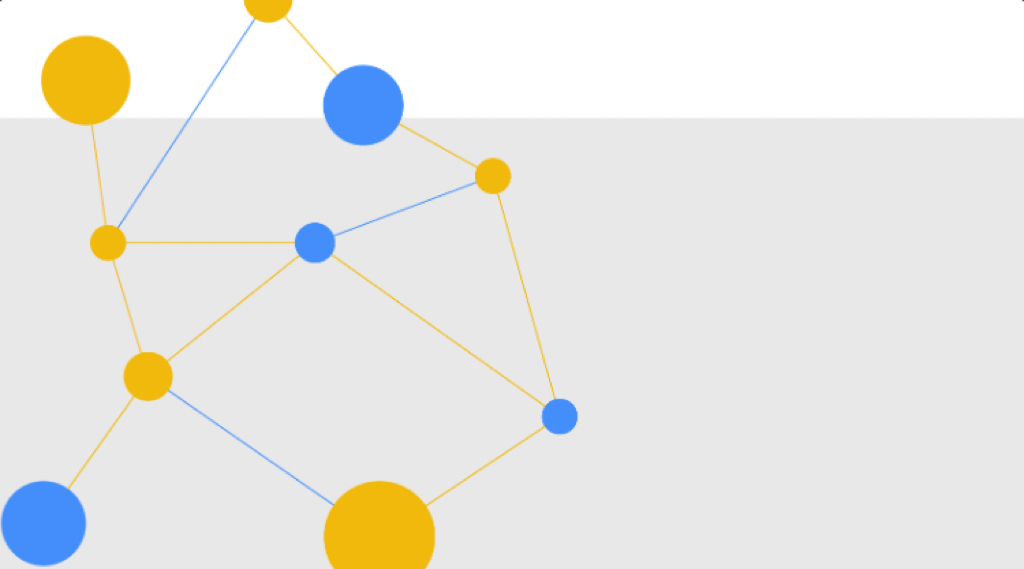
Delegated Proof of Stake (DPoS)
The Delegated Proof of Stake (DPoS) consensus algorithm was proposed by Daniel Larimer (BM) in 2014. For example, cryptocurrencies such as Bitshares, Steem, Ark, and Lisk all use the DPoS consensus algorithm.
DPoS blockchains feature a voting system where stakeholders delegate their work to third parties. In other words, they can vote for several representatives to secure the network on their behalf. These representatives, also known as witnesses, are responsible for reaching consensus in the process of generating and validating new blocks. Voting power is proportional to the number of coins each user holds. The voting system varies by project, but generally, each representative presents their own agenda during elections. Typically, representatives collect rewards and distribute them proportionally to their voters.
Thus, the DPoS algorithm creates a voting system that directly depends on the reputation of the representatives. If an elected node misbehaves or underperforms, it can quickly be voted out and replaced by another node.
In terms of performance, DPoS blockchains are more scalable compared to Proof of Work (PoW) and Proof of Stake (PoS), enabling higher transactions per second (TPS).
DPoS vs. PoS
While PoS and DPoS are similar in terms of stake-based governance, DPoS introduces a novel democratic voting system to elect block producers. Since the DPoS system is maintained by voters, representatives must act honestly and efficiently—or risk being voted out. Additionally, DPoS blockchains generally achieve faster transaction speeds (TPS) than PoS blockchains.
DPoS vs. PoW
Unlike PoS, which attempts to solve PoW's problems, DPoS aims to streamline the block production process. As a result, DPoS systems can handle large volumes of on-chain transactions quickly. DPoS operates differently from both PoW and PoS. While PoW remains the most widely recognized secure consensus algorithm (where most financial activity occurs), PoS offers higher efficiency, leading to broader use cases. DPoS limits the role of stake in electing block producers. Unlike PoW's competitive model, DPoS follows a scheduled block production system where each witness takes turns producing blocks. Some argue that DPoS should be considered a form of Proof of Authority (PoA).
Conclusion
DPoS differs significantly from both PoW and even PoS. It incorporates a stakeholder voting mechanism that incentivizes the election of honest and efficient representatives (or witnesses). However, the actual block production process is entirely different from PoS systems, and in most cases, DPoS demonstrates superior performance in transactions per second (TPS).
















